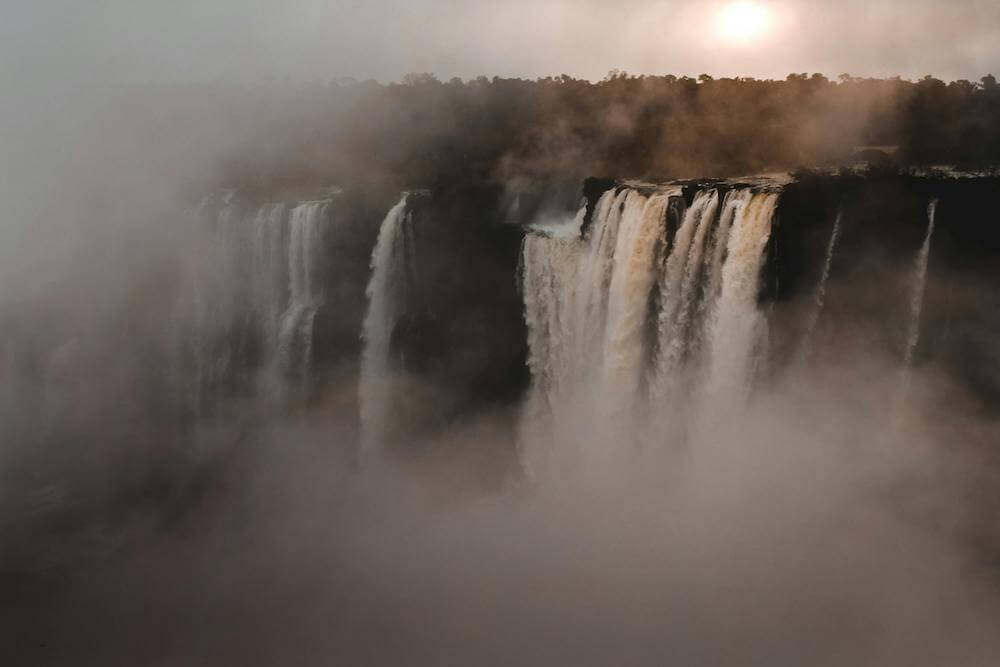Structured water is liquid-crystalline H2O that is different from regular, liquid water.
The liquid-crystalline state is often called hexagonal water, where the molecules work collectively to hold energy, hydrate with ease, and improve general health when consumed regularly.
Scientists are labeling structured water as the fourth state of water which occurs between the solid and liquid phases. And, it’s a lot different than ordinary tap water!
In this article, we’ll cover the basics of what water really is, look at emerging scientific evidence, explore why you should drink structured water, and how you can structure water at home.
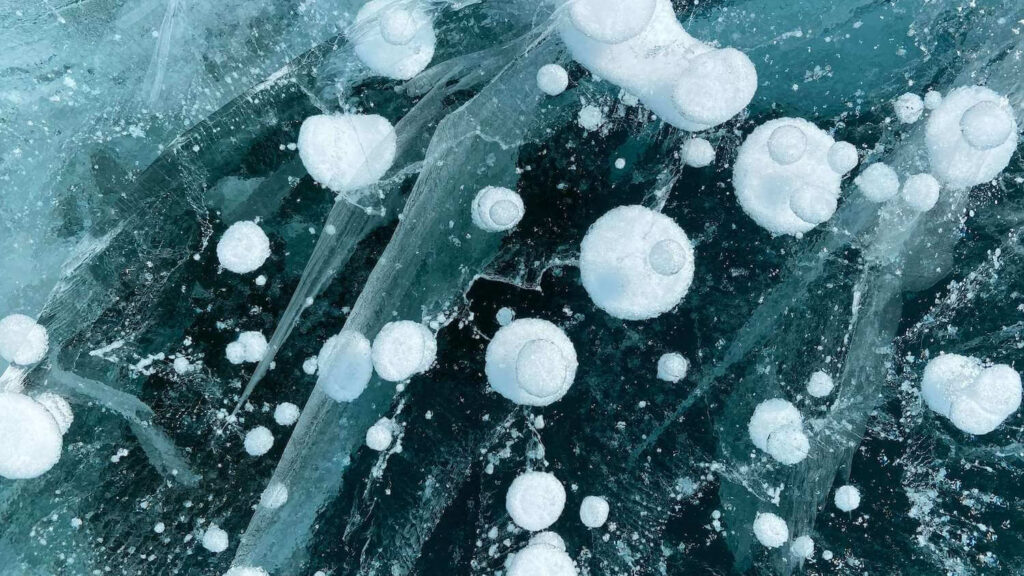
What Are Water Molecules?
Water, or H2O, consists of two hydrogen atoms that have a positive charge and one oxygen atom with a negative charge.
The human body consists of over 60% water and is fundamental for our cellular functions. We need to drink around 13 cups of water a day to keep a normal temperature, support joints, and dispose of waste through urination, perspiration, and bowel movements.
So obviously, drinking enough water is vital for good health! But the quality of the water you drink is equally as important… That’s where structured water comes in.
What Is Structured Water?
Structured water is water in a liquid-crystalline state, where it:
- Can be created in a laboratory or your own home
- Holds a negative charge of energy that boosts biological tasks on a cellular level
- Profoundly excludes contaminants including dyes, salts, and plastic microspheres
- Is influenced by light and can expand
- Is thicker than regular water, similar to honey
- feels softer on the tongue and is more hydrating. 1 2 3
When water is in this structured, coherent state the molecules work together and become aligned, stable, and constrained. Something not seen in regular, liquid water.
Water molecules are no stranger to structure. Ice, in particular, forms into mesmerizing hexagonal clusters, while snow takes shape in beautiful crystal configurations.4
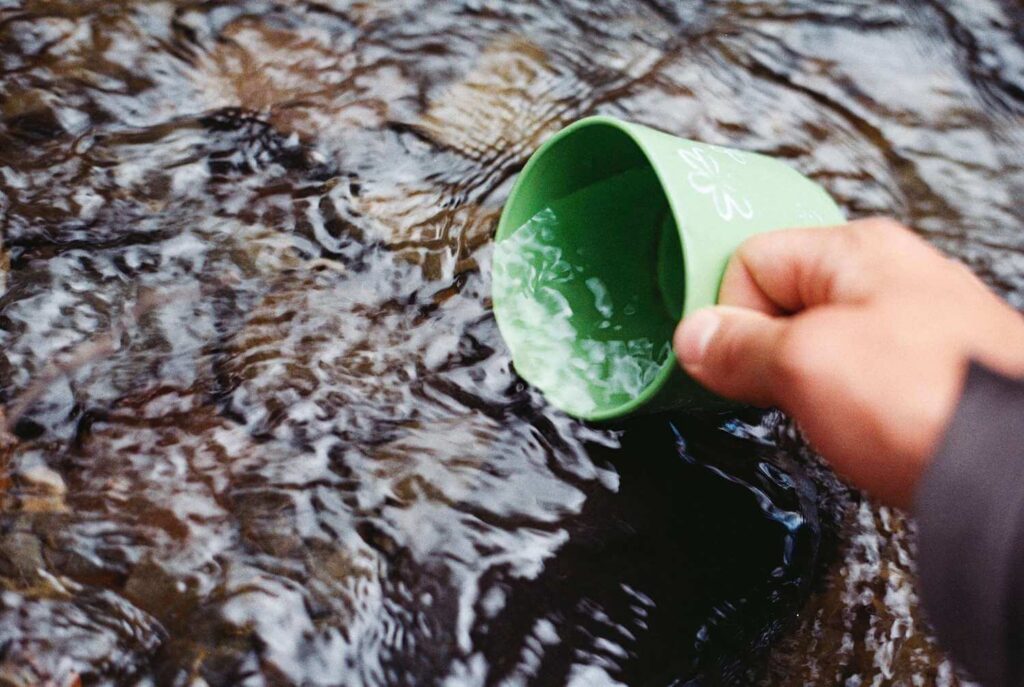
Side Effects of Using a Structured Water Device.
Side effects of using a structured water device include removing water treatment chemicals, boosting the saturated oxygen content, and balancing the pH/alkalinity of your water.
Typically, city/town water supplies contain gaseous chemicals like chlorine (Cl), carbon dioxide (CO2), and volatile organic compounds (VOCs) that appear after bacteria and virus water treatment processes. Thankfully, we can reduce these chemicals in our drinking water by using water structuring techniques, such as vortexing water or sun-charged water.
Is Structured Water Good For You?
Structured water is very healthy. The difference between regular drinking water and structured water is how the water molecules bond together and cluster.
Health Benefits of Drinking Structured Water
Some stunning structured water benefits include:
- Increased energy
- Anti-aging
- Slowing Alzheimer’s disease and other neurodegenerative disorders
- Supporting diabetics and blood glucose
- Increased muscle mass and strength
- More youthful skin and vibrant hair
- Less oxidative stress
- Improved hydration
- Better mood
“Water is the most neglected nutrient in your diet, but one of the most vital.”
– Albert Szent-Gyorgyi, discoverer of Vitamin C
The benefits of drinking structured water extend beyond our health. Structured water can also be consumed by our pets and used in our gardens.
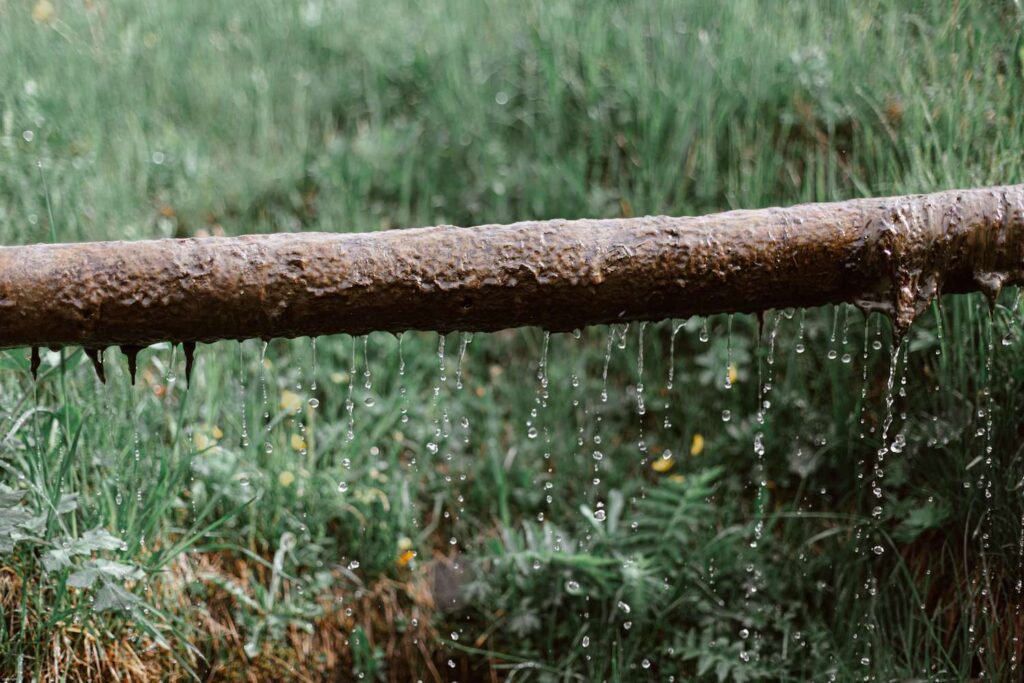
How to Make Structured Water
Structured water is easy to make in your own home with a structured water device. Common techniques include water vortexing, sun-charged water, or a structured water device such as a structured water wand.
How Much Does a Structured Water Device Cost?
Structured water devices can be very affordable from $0 to $3000+. The more cost-effective system is by water vortexing, and the most expensive is a whole-house unit for drinking, showering, and gardening that lasts 20+ years. Collecting water from a clean high-alpine stream, or by leaving filtered tap water in the sun, can also make sun-charged water. Alternatively, you can invest in a water structuring device that can make extremely coherent structured water, fast!
Water Structuring Devices
Water structuring devices can be portable for traveling, powerful enough for your swimming pool, or for quenching soil for healthier plants.
Structured water will become unstructured when boiled, heated above 150°F (60°C), microwaved, or when stored for a prolonged time. It should be consumed within 20 minutes for the most benefits; although, some products structure water so well that it can stay structured for five (or more!) years.
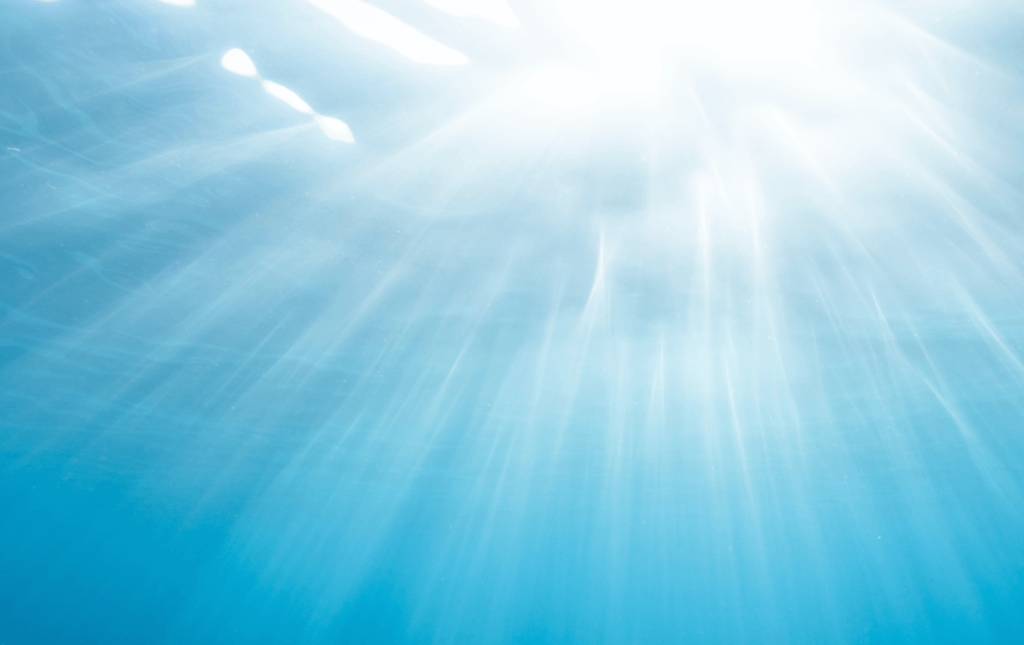
Water Wizardry’s Top 6 Water Structuring Devices
Here are our top picks for the best water structuring devices on the market now.
For Household Water Systems and Traveling:
- Analemma-Water: Revitalize your childhood essence with this structured water wand. Extensive science-based testing has shown healthier mitochondria, improved left/right brain hemisphere coherence, and cellular age regression. $179.90 Read our Analemma water review to find out more!
- Vodan Jug: A European product co-financed by the Republic of Slovenia, this 1-liter bottle is made from special crystal glass. €65. Click here to learn more about the Vodan Jug.
- Aqua Energizer Whole House: Each unit is hand-assembled from copper, quartz, and minerals to mimic the movement of water in nature. Comes with 1-inch NTP threads for easy installation and requires no maintenance with regular domestic water pressure. $1,799. Click here to learn more about the Aqua Energizer Whole House.
For Swimming Pools, Spas, and Gardening:
- Greenfield Pool Vortexer: An in-line system that connects to your existing swimming pool’s plumbing. It can be used alone to reduce chlorine usage, slime, build-ups, and strain on pool pump equipment. $695. Click here to learn more about the Greenfield Pool Vortexer.
- Flaska Green: A European product co-financed by the Republic of Slovenia, this multipack of glass wands goes directly into the soil of indoor or outdoor plants to improve the growth, bloom, and yield of edible plants and flower gardens. €23. Click here to learn more about the Flaska Green.
- Greenfield Hose Structuring Unit: Simply attach this to your regular gardening hose. Benefits include 30%+ garden yield, less water consumption, and reduced salt build-up in your soil. $355 Click here to learn more about the Greenfield Hose Structuring Unit.
Deep Dive: The Science Behind Structured Water
If you still want to know more about structured water, we’ve got you covered.
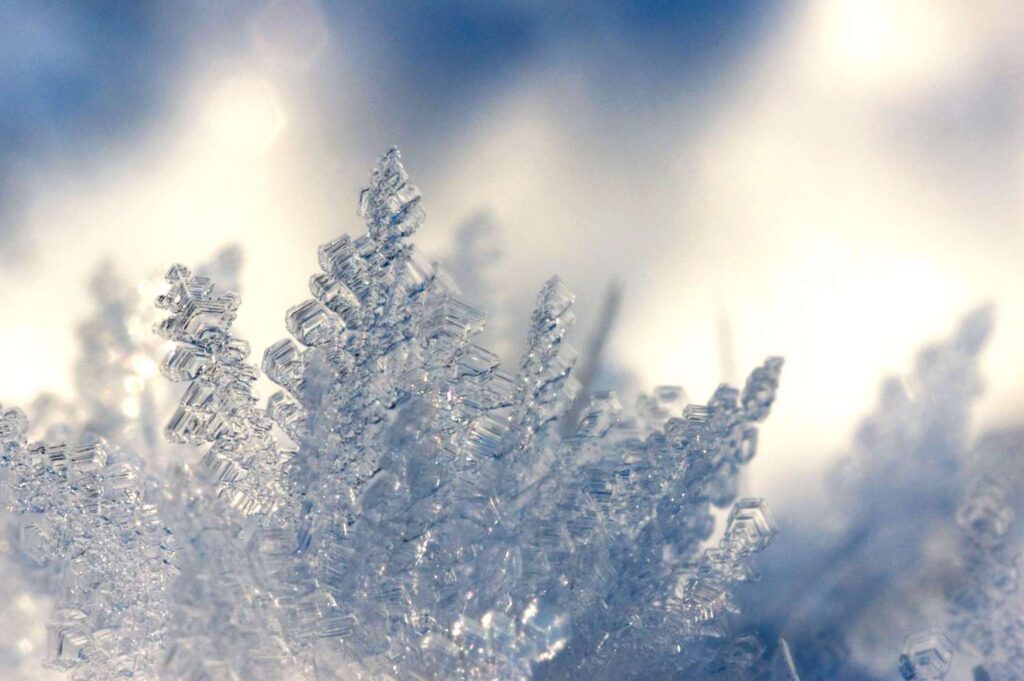
Structured Water Origins & Science
Viktor Schauberger (1885-1958), also known as “The Water Wizard,” was an Austrian forester, naturalist, philosopher, and inventor who looked at water differently than most.
He was an astute observer of mountain streams, natural water vortexes, fish movement in water currents, and the subtle flow of water.
Schauberger held numerous patents for logging flumes and water technologies, which garnered widespread international recognition during the 1930s and 1940s. His research laid the groundwork for our current understanding of structured water.
Other pioneering research was achieved by scientists including J. C. Henniker, whose research paper The Depth Of The Surface Zone of a Liquid, from 1949, cites over 100 articles. 5
Liquids, Solids, Gases, Plasmas
We’re all aware of three of the four states of water, or H2O:
- Water: Liquid
- Ice: Solid
- Steam: Gas
However, research on the fourth state of water, liquid crystalline plasma, has spanned decades, if not centuries.
Sir William Hardy (1864-1934), a distinguished physical chemist, notably hypothesized the existence of the fourth phase of water.
The Fourth Phase of Water (EZ Water)
Modern scientific research is linked to Gerald Pollack, the Editor-in-Chief of the interdisciplinary journal Water. Pollack is a professor of biological engineering at the University of Washington.
Modern academic research began in 2006. When Pollack and peers observed how water molecules interact with hydrophilic (water-loving) surfaces. Using microspheres, dyes, and salts, researchers found an exclusion zone – known now as “EZ Water” – that extended far beyond the two or three water molecules expected. 6
Biological hydrophilic surfaces, in particular, cold ghee, produced an exclusion zone of nearly 1mm, or approximately one million molecular layers. 7

Water Molecule Phenomena: Did You Know…?
To further understand how structured water functions, let’s quickly observe a few different water molecule phenomena…
Surface Tension
Surface tension is created by the cohesive forces between water molecules near the water’s surface. In other words, liquid behaves as if it has an elastic “skin” on its surface.
You can see it when someone bellyflops into a pool; when the “Jesus Christ lizard” runs across a pond; and when a coin floats on water’s surface inside a glass.
Water Can Levitate
Water molecules exhibit remarkable sensitivity to external influences.
For example, when subjected to a magnetic field of sufficient strength, scientists have found that water can levitate in air. 8
Floating Water Bridge
Lastly, if you place two beakers full of water side-by-side, and run a current through them, a strange anomaly can be observed: the water creates an unsupported bridge. 9
As the beakers are separated, up to one inch, this bridge of water can stay connected. This continues to baffle scientists. Leading to the agreement that water, energy, and current have a deeper connection than what is currently understood.
References:
- G. E. Morfill, H. M. Thomas, U. Konopka, M. Zuzic; The plasma condensation: Liquid and crystalline plasmas. Physics of Plasmas 1 May 1999; 6 (5): 1769–1780. https://doi.org/10.1063/1.873435 ↩︎
- Ovchinnikova K, Pollack GH. Can water store charge? Langmuir. 2009 Jan 6;25(1):542-7. doi: 10.1021/la802430k. PMID: 19053655; PMCID: PMC2845823. ↩︎
- Zheng JM, Chin WC, Khijniak E, Khijniak E Jr, Pollack GH. Surfaces and interfacial water: evidence that hydrophilic surfaces have long-range impact. Adv Colloid Interface Sci. 2006 Nov 23;127(1):19-27. doi: 10.1016/j.cis.2006.07.002. Epub 2006 Sep 6. PMID: 16952332. ↩︎
- https://en.wikipedia.org/wiki/Ice_Ih ↩︎
- Henniker, J. C. The depth of the surface zone of a liquid. Rev. Mod. Phys. 1949, 21, 322– 341. ↩︎
- Pollack, Gerald H. “The fourth phase of water.” Ebner and Sons Publishers: Seattle, WA, USA (2013). ↩︎
- Sharma A, Pollack GH. Healthy fats and exclusion-zone size. Food Chem. 2020 Jun 30;316:126305. doi: 10.1016/j.foodchem.2020.126305. Epub 2020 Jan 31. PMID: 32066069. ↩︎
- Ikezoe, Y., Hirota, N., Nakagawa, J. et al. Making water levitate. Nature 393, 749–750 (1998). ↩︎
- Elmar C Fuchs et al 2007 J. Phys. D: Appl. Phys. 40 6112 DOI 10.1088/0022-3727/40/19/052 ↩︎


